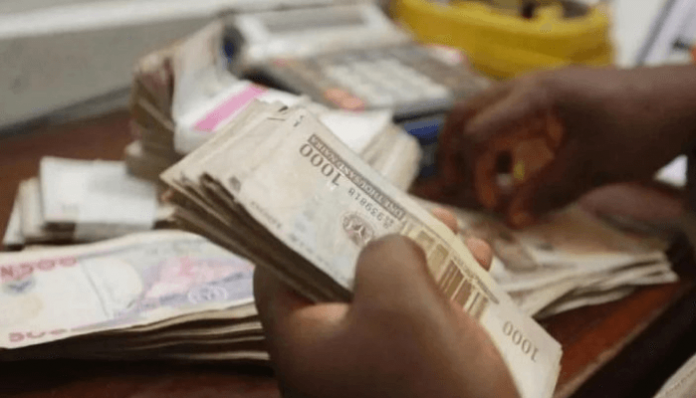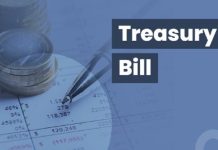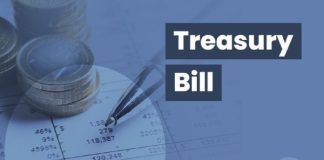Yields on Nigerian Treasury bills edged higher in the secondary market, rising by 11 basis points to reach 19.6%, according to investor notes.
Trading sentiment in the secondary Treasury bills market remained bearish following the Islamic holiday. A sell-off in Naira-denominated assets pushed yields upward, particularly across the mid- and long-term segments of the yield curve, traders reported.
Later in the session, demand emerged for the newly issued 1-year paper (26 March 2025) and, to a lesser extent, the long-term February OMO bill, according to AIICO Capital Limited. The firm noted that trading volumes remained moderate as investors leveraged the improved system liquidity.
Activity in short-term Treasury bills remained limited, although profit-taking was observed in mid- and long-tenor bills as investors rebalanced their portfolios.
Cordros Capital Limited indicated in a market update that the average yield remained unchanged at the short end but expanded by 30 basis points in the mid-segment and 5 basis points in the long-term segment.
The yield increase was largely driven by profit-taking on bills with 162 days to maturity (+91bps) and 232 days to maturity (+26bps).
Notably, the yield on the 8-Jan bill dropped by 7bps, while the 4-Sep bill saw the largest increase, rising by 50bps, according to TrustBanc Financial Group Limited.
Similarly, the average yield in the OMO bills segment increased by 5bps to 24.3% amid reduced supply. The CBN has moderated OMO bill sales, holding only main auctions in February and March.
Market participants anticipate that the central bank will resume OMO sales in Q2, following a robust liquidity mop-up in Q1 that saw financial system liquidity rise to N1.5 trillion.














